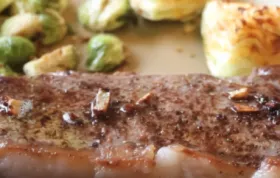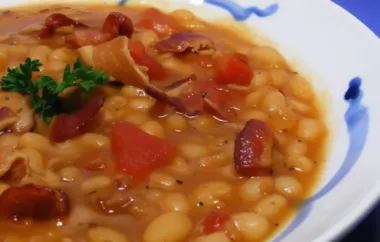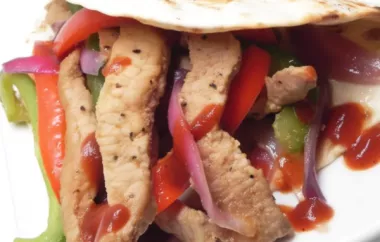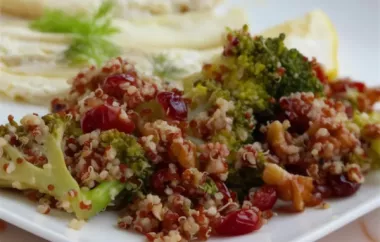Delicious Basic Cheese Pupusas
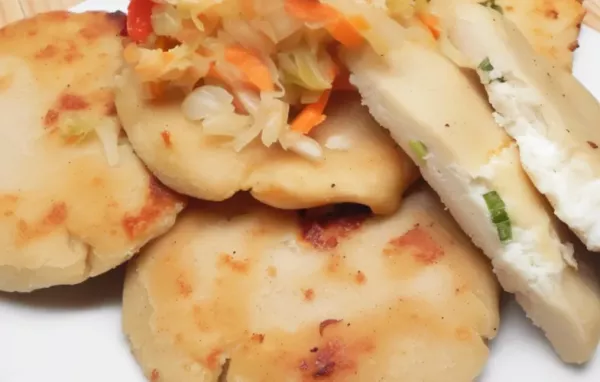
Published on December 29, 2023
Enjoy the flavors of El Salvador with these delicious Basic Cheese Pupusas. These stuffed corn tortillas are filled with a savory blend of cheese and are perfect for breakfast, lunch, or dinner. The dough is made from masa harina, a traditional corn flour used in Latin American cuisine, which gives the pupusas a distinct flavor and texture. Serve them hot with a side of curtido, a tangy cabbage slaw, and some salsa roja for a satisfying and flavorful meal.
Ingredients
- 2 cups masa harina (corn flour)
- 1 1/2 cups warm water
- 1 teaspoon salt
- 2 cups grated mozzarella cheese
- 1 cup grated queso fresco
- 1 cup curtido (cabbage slaw), for serving
- 1 cup salsa roja, for serving
Directions
- In a large bowl, combine the masa harina, warm water, and salt. Mix until a soft dough forms.
- Cover the dough with a damp cloth and let it rest for 10 minutes.
- Divide the dough into 8 equal portions and shape each portion into a ball.
- Using your thumb, make an indentation in the center of each ball to create a hollow.
- Fill each hollow with a mixture of mozzarella and queso fresco, about 1/4 cup per pupusa. Pinch the edges of the dough together to seal the filling inside.
- Gently flatten each filled ball into a thick disk, about 1/2 inch thick.
- Heat a non-stick skillet or griddle over medium heat. Place the pupusas on the skillet and cook for about 3-4 minutes on each side, or until golden brown and crispy.
- Serve the pupusas hot with a side of curtido and salsa roja.
Interesting Facts
You’ll Also Love




